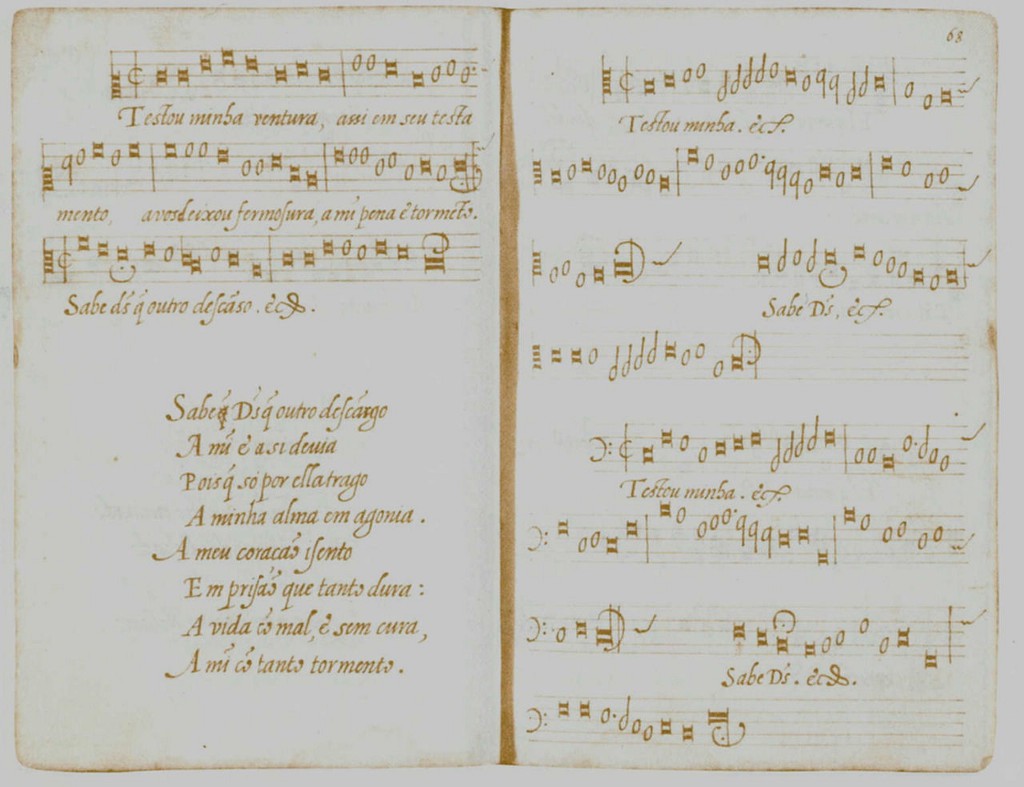
27 Nov The limits of literalism
Whatever is happening to HIP — Part I
This text is part of a new publication which aims at becoming a platform for debates and dialogues concerning performance practice.
Our main goal is to create a space in which performers, listeners and academics can co-create interesting and accessible content for the enrichment of HIP and its practice.
When we first decided to use an online platform where we could begin creating and sharing longer texts on our artistic concerns and process and those of the HIP community, one question was ever present:
What should we write about first?
The answer to this question came from an unlikely source: an opinion piece by Brian Robbins named “Whatever Happened to HIP?”. In this text the author shares some of his concerns with the current developments in the field of Historically Informed Practice mentioning and criticizing specific artists (among which our Repicco colleagues from the Eeemerging platform) for what to him seems a lack of integrity and respect for the basic tenets which define HIP.
As members of this new generation which Mr. Robbins criticizes (in this and in another of his texts) we felt compelled to react to his text. We will not, however engage with the specific points made by the author, nor its overall argumentation.
We believe the works of authors such as Richard Taruskin, John Butt and even Bruce Haynes offer a more than sufficient analysis of the general arguments surrounding HIP with differing views — this text will actually constantly echo the arguments made by these authors.
Our goal is not to refute, but to initiate a more open and pluralistic debate which encompasses performers, academics and listeners alike.
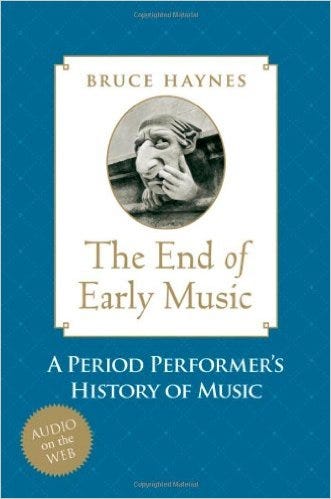
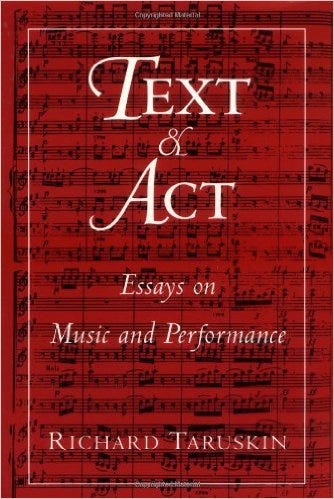
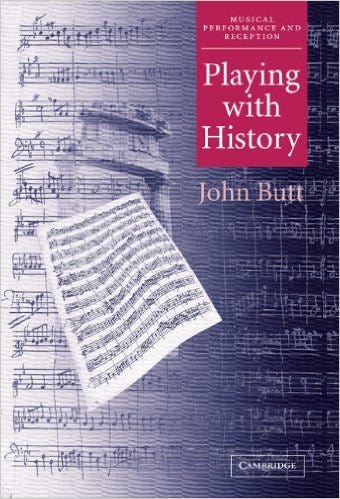
Also we have seen on Facebook a series of well thought criticisms over some of the more musicological claims by Mr. Robbins on pitch and organology.
However we feel that engaging with this text is vital!
For, though we do not agree with Mr. Robbins conclusions and over all critique of HIP, we share in his concerns over the future of the movement and on a generalized laxness of our generation when it comes to making our practice — what we do — coherent with our discourse — what we say we are doing and why we are doing it.
It is our general belief that in the same way that the practice of HIP has evolved with each generation, so should its discourse evolve to best fit the concerns and goals it tries to articulate.
Many of the arguments we will present have been repeated in many academic circles but perhaps this part of the debate — the why of what we are doing — requires its own revival.
And for this reason we felt the need to share some thoughts on Whatever is Happening to HIP with a series of texts dealing with different issues raised by Mr. Robbins text.
Today we are starting with the question which seems most central: the “rigorous approach” to musical documents, our generation of musicians seems to have lost.
Texts, meanings and actions
Overall the movement of HIP can be understood as a literalist one. By literalism we mean a specific relation between a text and its reader in which the text gains ever greater authority and its meaning becomes ever more fixed.
In HIP the general attitude is one of “respect for the sources” as suppliers of what can be considered as valid musical information with which to furnish our interpretation of a piece and its text. In HIP we do not accuse someone of having “bad taste” we simply consider them “misinformed”.
In respect to the matter of sources — the text — and its authority, we agree that this textual authority is the single defining feature of HIP as a specific musical tradition. In HIP the subjectivity of the performer must be in constant negotiation with the texts and its meanings (this plural is important). We are not saying that it is not possible to do otherwise, only that this would not be considered HIP — and there’s nothing wrong with that.
However, beyond the point of a text’s authority there comes the problem of the fixity of its meaning. But before that there is another question that any literalist attitude is forced to face:
What counts as text?
Very early on in HIP, the idea that the musical score was the only valid musical text was discredited. Different elements came into play in our reading of the past’s music.
Let us call the collection of all these elements the textual field, to borrow a concept from Richard Taruskin. In HIP the tendency has been one of the expansion of the textual field to encompass various elements: so not only the musical score provides the information but also the treatises, the chronicles, the official documents, the bills, the instruments and so on.
The expansion could be limitless and we see examples of even the communities contemporary with a musical piece and their rituals becoming an important part of performance decisions leading, for example, to having modern audiences learn and sing the chorales during a performance of a Bach passion.
It is to this expanding textual field — the ever growing number of elements which count as text — that we ask:
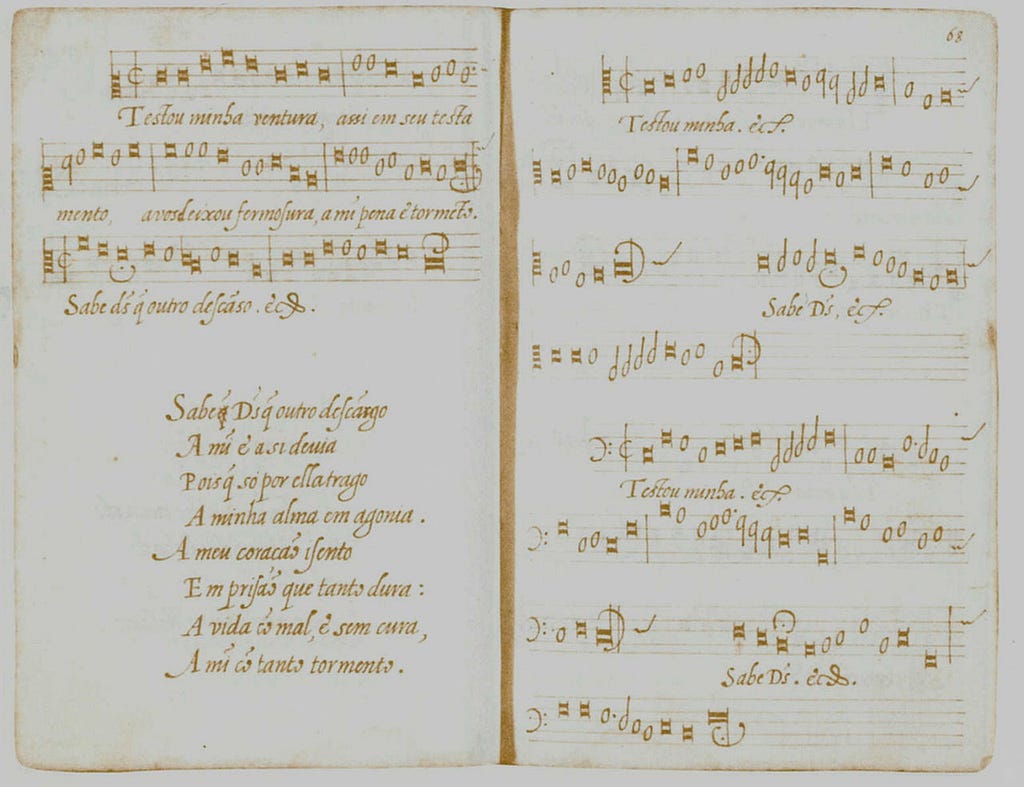
What does this text mean?
The answer to this question within a literalist perspective is of utmost importance since it is only when the community of musicians agrees upon the meaning of a text that music can be performed.
The problem is that the main goal when approaching a text becomes to establish the fixity of its meaning. By this we mean that the text has one, specific, straightforward and agreed upon meaning.
This problem was tackled by the close relationship established between performance practice and musicology, especially in the later decades of the XX century. The academic apparatus supplied the necessary tools and authority with which to fix and specify the meaning of the musical text.
It is here that we are confronted with the issue of limits in literalism.
By this we do not mean that there are “necessary” limits: that there is a point at which no more meaning can be extracted from a text or that the textual field will, at a certain point, cease to expand.
Quite the contrary. The problem is that literalism never stops expanding and we arrive at some specific issues when it comes to being faithful to the sources. As more elements are considered part of the textual field, they can begin to contradict one another or even reveal that the meaning of a specific text cannot be fixed but actually overflows with possible meanings.
Some difficult questions begin to come up for HIP musicians:
- What if a treatise is opposed by another treatise (look at French ornamentation treatises)?
- What if there are accounts of differing schools of interpretation of the same repertoire?
- What if a newly found historical description of a performance fully contradicts our performance which had been based on previous research?
- What document is most important when tackling a piece? The treatise? The historical account of its reception? The instrument? The texts of the composer?
These are questions many in HIP are confronted with, but they can reach a point where we are left paralyzed:
- Can you make a concert of a repertoire which comes from a period in which the very idea of “concert” did not exist?
- Can you perform a sacred work if the religious community no longer exists? Won’t the central meaning of the piece be lost?
- Should we even perform a piece or which we do not have the right instrument? Does a copy of the instrument count? What if there is no original to copy?
But even at this point of paralysis we must come to terms with our own subjectivity which, though relegated to a subordinate position as we have previously mentioned, is always there in the most unlikely places.
To give an example:

The “suited” meaning?
When the Englishman Mr Robbins accuses the Continent, in particular the violinist of Repicco for not using the instruments “suited” for a Marini piece, “suited” has a very definite meaning: it serves to give a greater validity to a 17th century Italian violin when performing 17th century Italian repertoire.
But let us think of Marini: surely a performer and composer of such renown as he was, would also take care in finding the violin that “suited” the piece. However, every instrument at his disposal would be a 17th century Italian violin and as such he would pick one in particular; one which “suited” him as a performer.
Wouldn’t Marini’s definition of “suited” be more suited than Mr. Robbins’?
And even then, which definition is the more “literal” one?
Is it the type of the violin, meaning that a copy of any 17th century Italian violin will suffice?
In this case we are making sure that we are inserting the piece and its performance within a specific period and repertoire. However we ignore both the specificity of the moment of performance the written piece alludes to as well as the specific experience the performer had when playing his piece.
Shouldn’t we best find the exact instrument on which this piece was first played?
In this case we ensure the importance of the specific moment of a piece’s original performance. However we relegate the question of the overarching repertoire and period of the piece as well as the experience of performance to a secondary level.
Then what if we find the instrument that elicits from the modern performer the same experience which Marini had with his own instrument?
In this case a continuum would be established between both performers and a very special coherence would be attained between the two historical times. However, the two previous concerns will be left at least partially unattended.
The point of the matter is that each of these questions is a valid one and could lead to equally interesting performance results. But to answer one question we need to leave the others unanswered.
Thus not only are we faced with an overwhelming and ever growing number of texts, not only are their meanings unfixed and sometimes overflowing, we must also come to terms with how much of our own subjectivity comes to play and affects this textual field and its meanings.
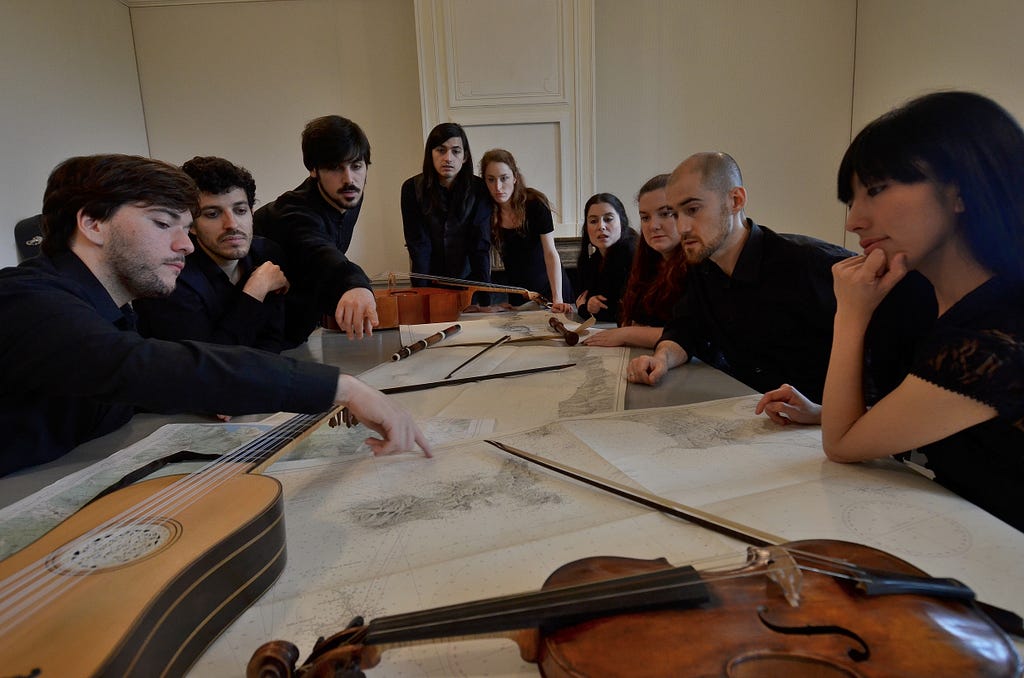
Negotiating limits.
The conclusion we come to is that in order for music to be possible within a literalist approach, limits must be drawn. Only then we can move towards making a performance possible.
Therefore the only way to remain “faithful to the sources” while being a musician — in our opinion the only way to remain faithful to a source is to play with it — is to constantly re-frame and negotiate the textual field which we are dealing with, the hierarchies between its different elements and how far we let our own subjectivity influence this field.
It might be that this results in a somewhat unstable state of affairs, but as we exposed, literalism as an approach to performance will necessary fall into utter nihilism if not kept in check.
In our opinion and in our practice as an ensemble, we see it as necessary to accept the uncertain character of musical meanings if we wish to make music in a way which is coherent with the documents of the past.
A musical project must have clearly defined choices over what part of the musical text has priority and how we let ourselves be influenced by it. Otherwise we would not consider what we are doing HIP — and there’s nothing wrong with that.
Also, once we accept the negotiated character of all musical performances we can begin to ask what seems to us as much more interesting questions:
- Who decides what counts as text?
- Who decides what a text means?
And finally we will be confronted with a question whose disappearance from our debate on sources might be a source of much of the malaise Mr. Robbins seems to find when confronted with the current HIP state of affairs:
Why do we decide on a specific meaning instead of another?
Thank you for reading.
Help us reach more people by reading, commenting, liking (the little heart-shaped button in the bottom) and sharing it with your contacts!

No Comments